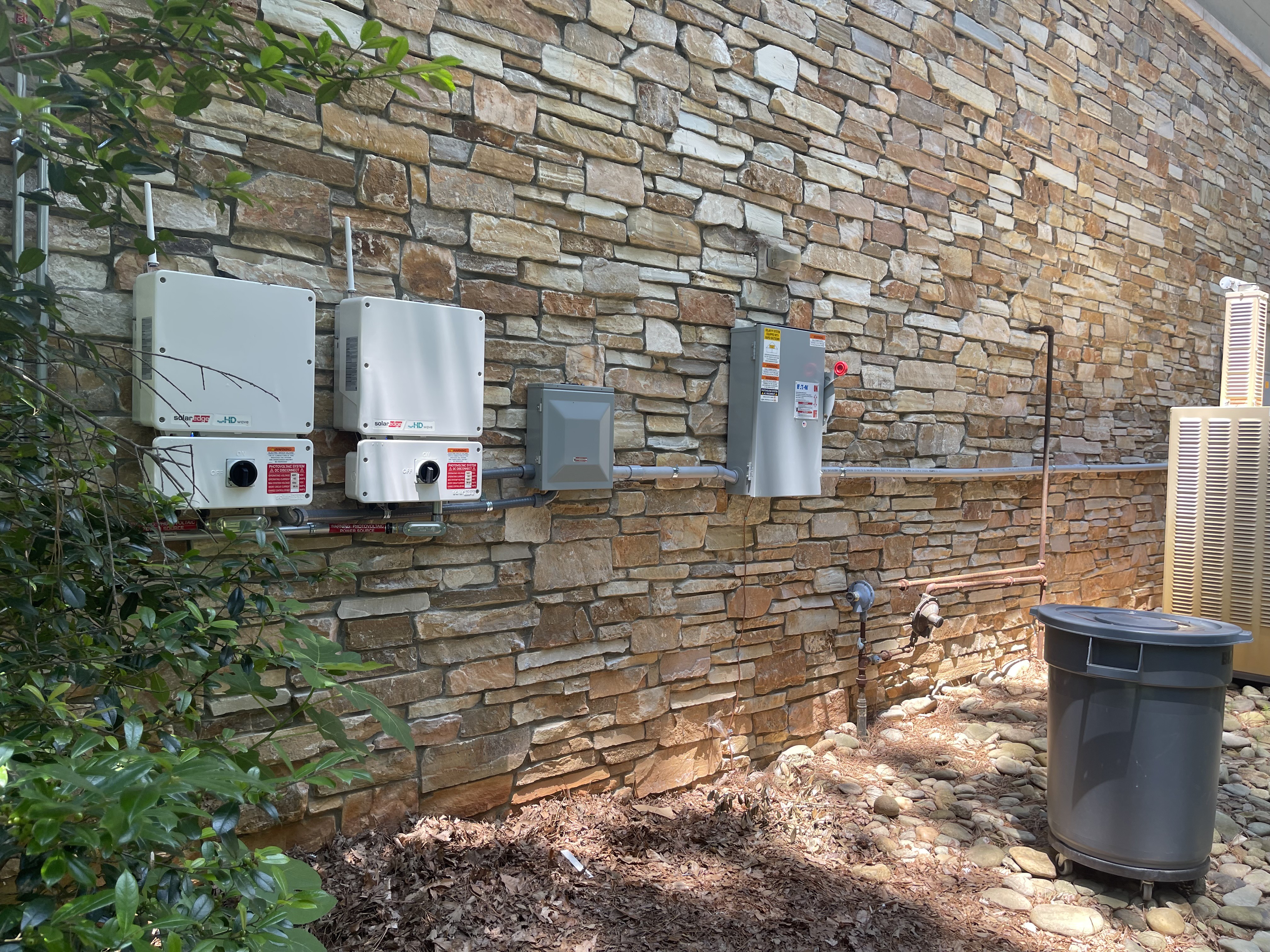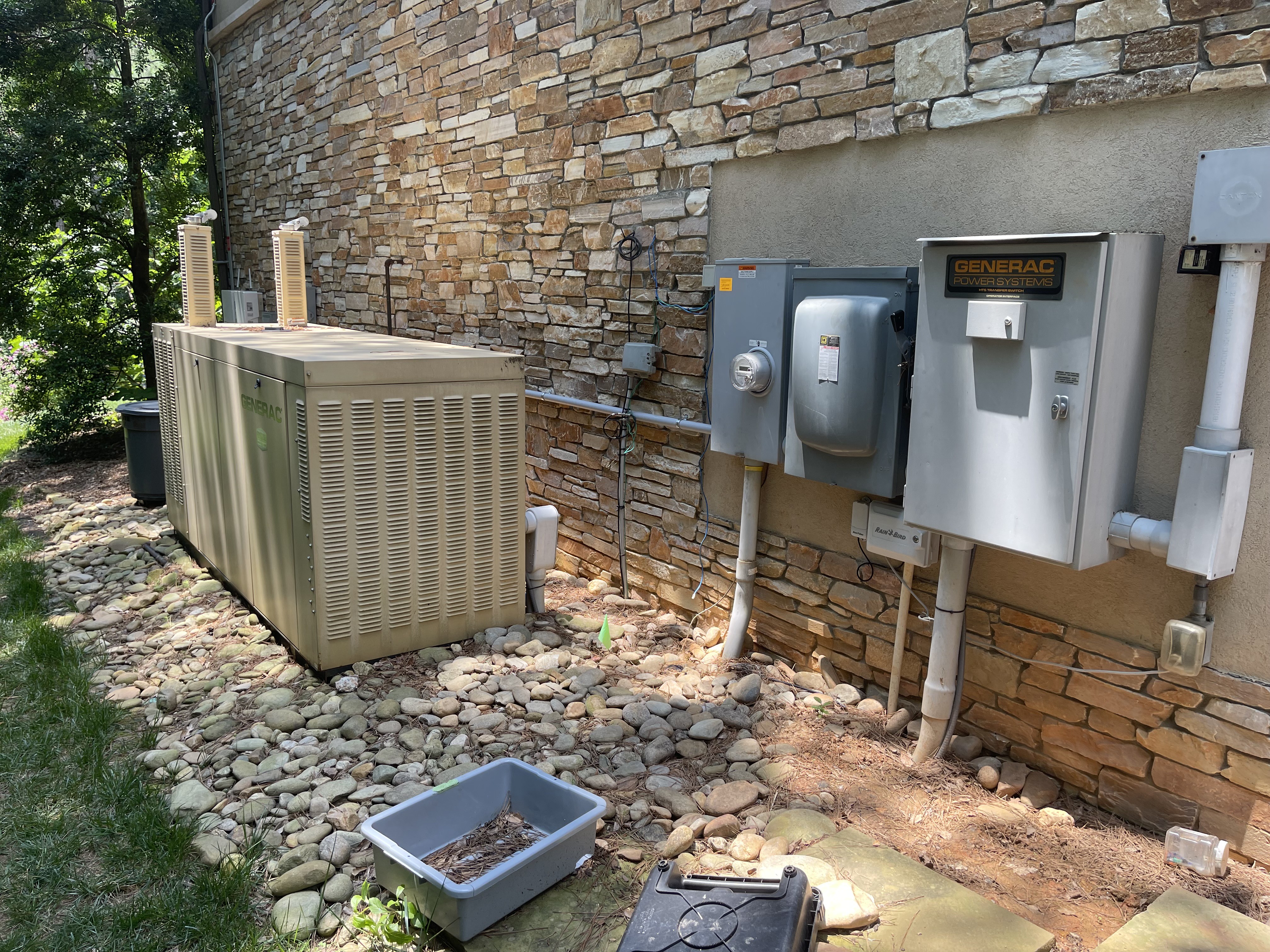Stewartb
Final Approach
Forced air heat, well, two freezers, lights, hot tub… in dark and cold Alaska winter. Never any problem with my Honda 6kw. I’ll test my TX house’s AC with the generator next week. According to the spec sheet I shouldn’t have any issue with running AC and the rest of the house on 6kw.Freezer, Frig, lights, HVAC circulating pumps, AC units. 2nd frig. It's easy to exceed the capacity of a 6kw unit.
I had a 6kw standby generac. When the small motor in it died, I changed to a whole-house 20kw unit.



